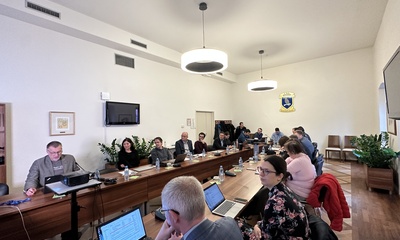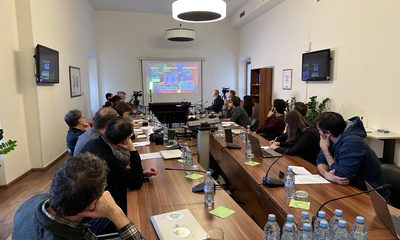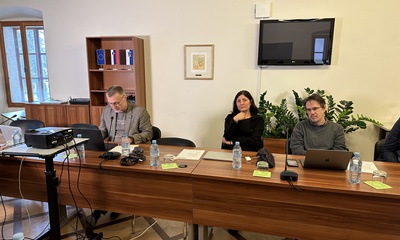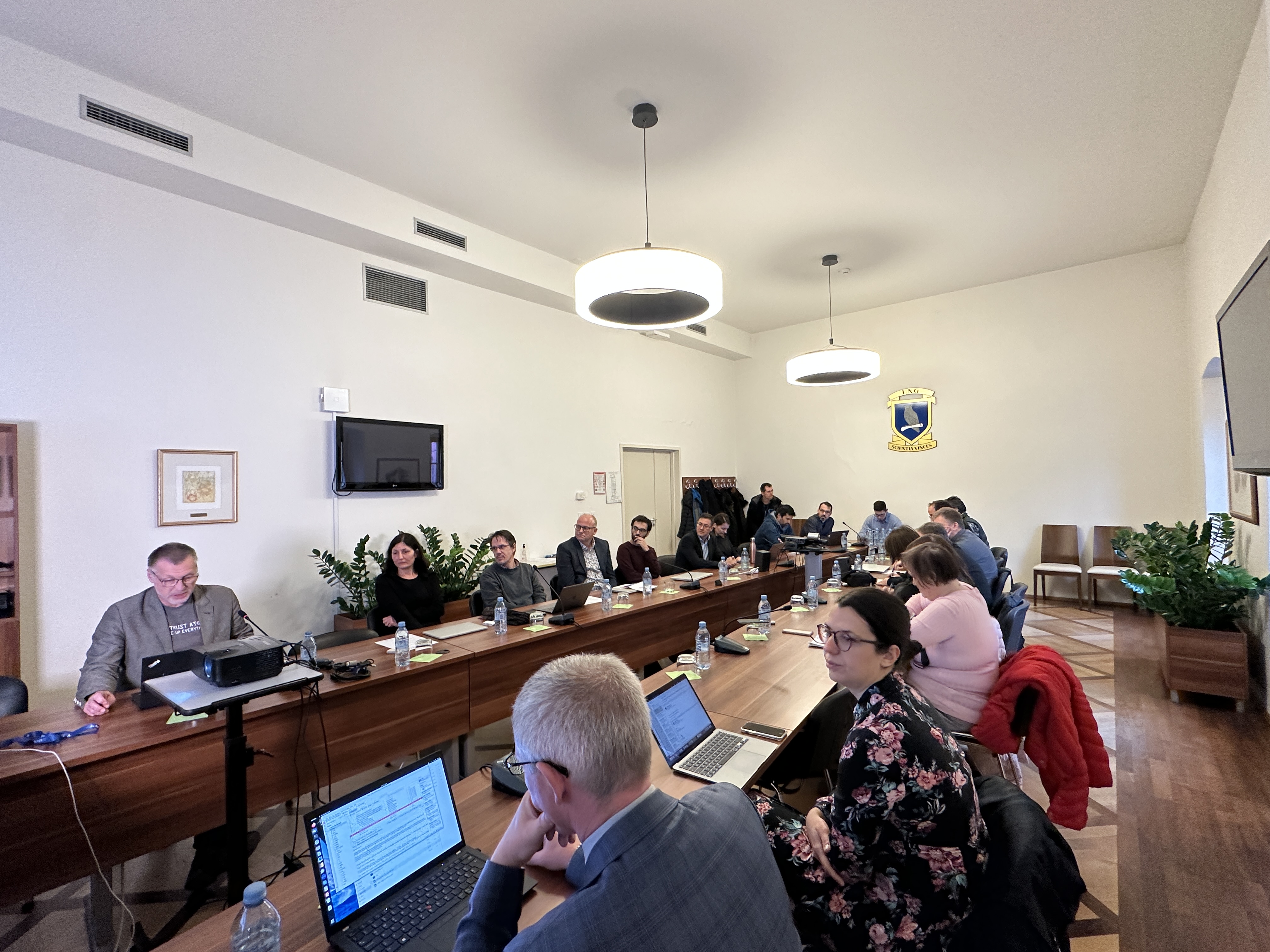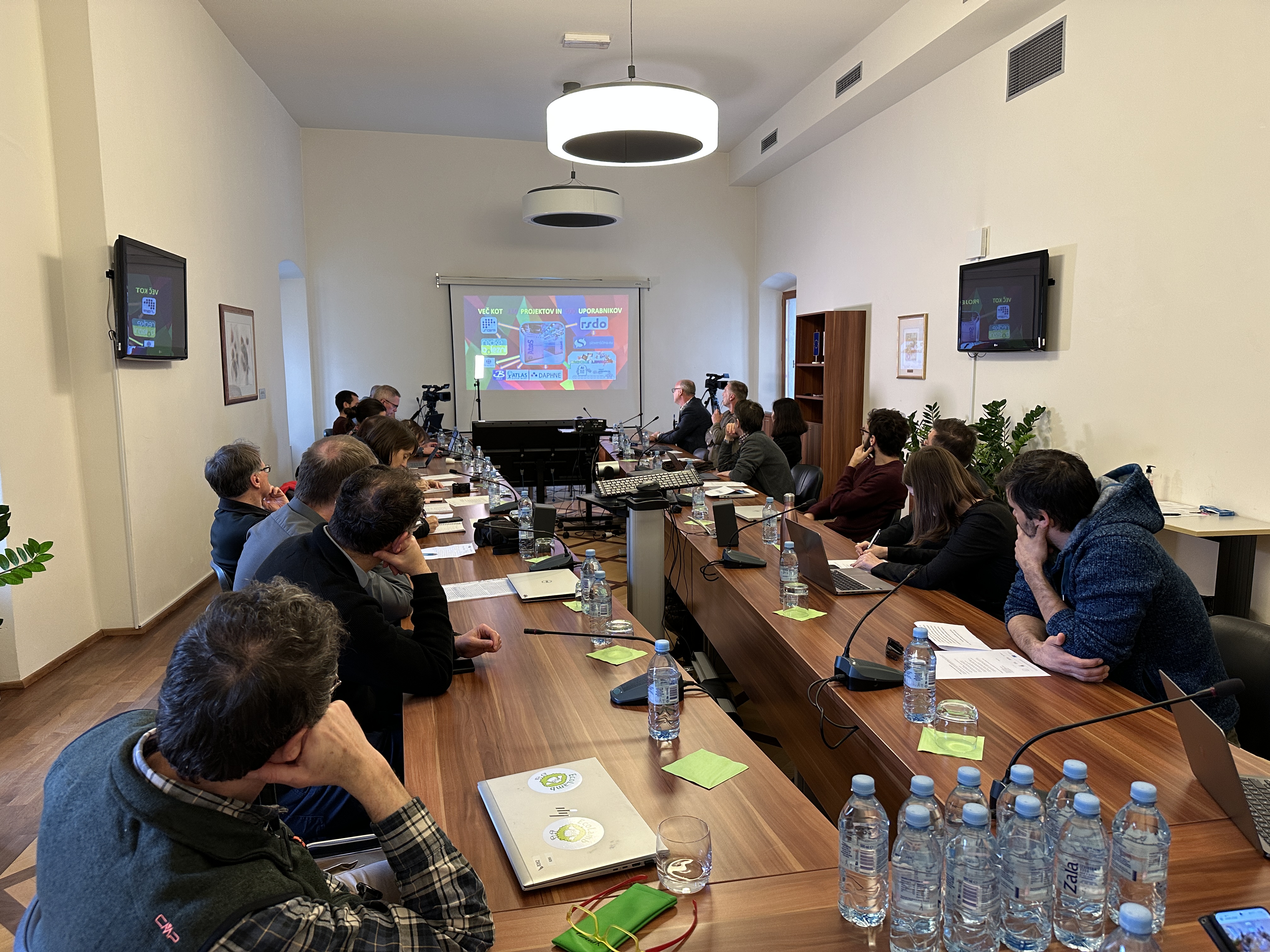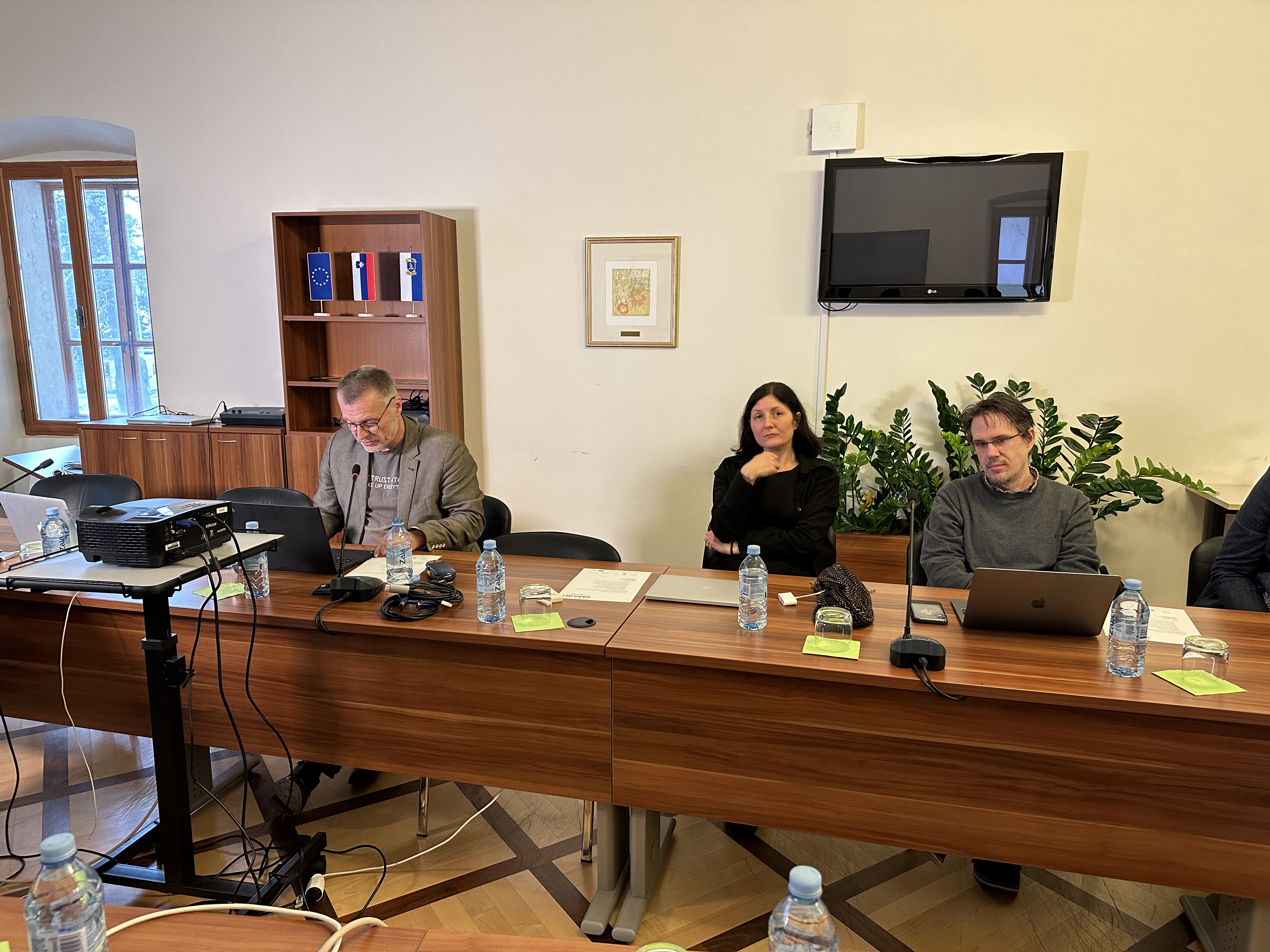Presentation of the SMASH European research project
Today, the presentation of the European research project called SMASH took place at the University of Nova Gorica.
Last year, the University of Nova Gorica, together with its partners, the University of Ljubljana, the Jožef Stefan Institute, the Slovenian Environment Agency and the Institute of Information Sciences Maribor, obtained the COFUND project, SMASH, worth 10 million euros, which is co-financed by the Horizon Europe research and development programme.
SMASH is the first COFUND project coordinated by a Slovenian organisation. In the next five years, its goal is to attract 50 excellent postdoctoral researchers from all over the world, including Slovenian researchers and researchers from abroad, who will use machine learning methods, artificial intelligence and the Vega super computer to conduct research in various fields of natural sciences and humanities.
The project leader and main coordinator is prof. dr. Gabrijela Zaharijas from the Centre for Astrophysics and Cosmology of the University of Nova Gorica.
"The SMASH project is intended to support basic scientific research, with an emphasis on five broad research fields. Among them are general machine learning for scientific use, especially computer vision, equipment and infrastructure for high-performance computing, applications of machine learning towards open questions in astrophysics, machine learning in climate change research, computing as an aid in human and animal communication research, and the application of artificial intelligence tools in the field of personalised medicine," said the rector of the University of Nova Gorica, Prof. Dr. Boštjan Golob.
On February 14, the SMASH project opened the first international call for applications for postdoctoral projects, which is available on the project website - smash.ung.si .
As part of today's event, there were several presentations of examples of the use of machine learning in modern scientific research. The recording is available on the YouTube channel of the University of Nova Gorica.
